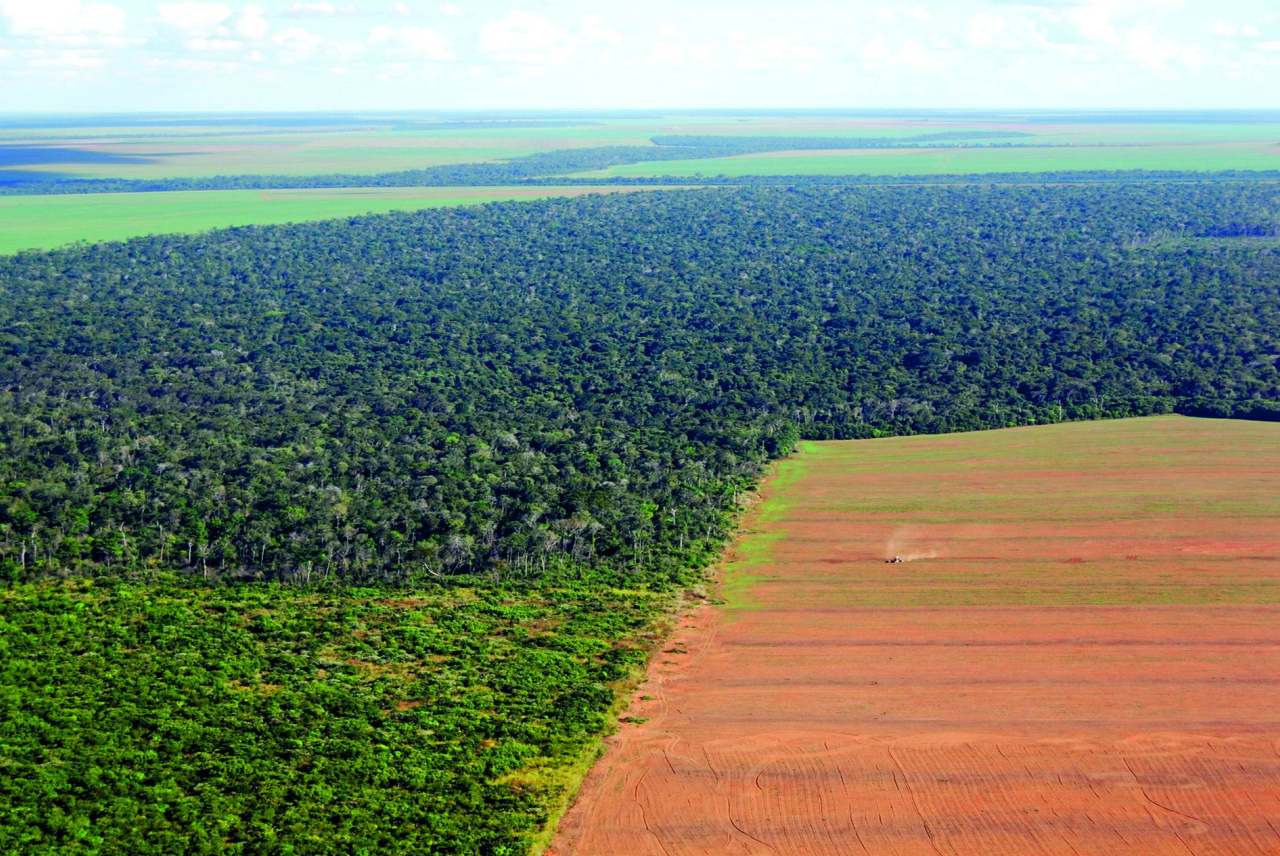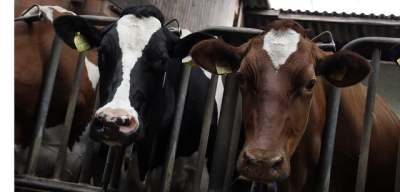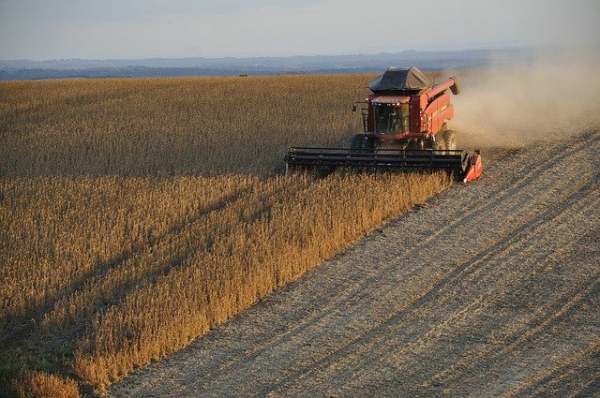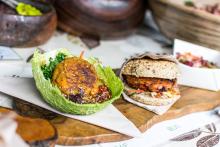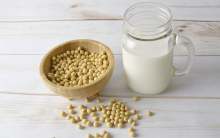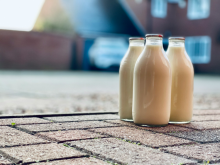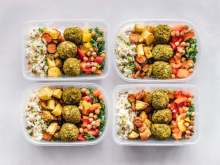Argument one: soil carbon and the saviour cow
One of the principle arguments concerns soil carbon. Soil carbon is below-ground ex-plant matter from things like roots and litter from above. It’s a big deal – there is more carbon stored in this form than in the plants above the ground.
The quantity varies depending on things like the vegetation on the land and on temperature (heat increases the rate of decomposition), and you can build it up by restoring degraded land, but eventually, like the above-ground carbon in a forest, it reaches a plateau level.
The claim is that grazing livestock can play a huge part in building it up.
The most extreme and high-profile proponent of this claim is a man called Allan Savory. Savory was born in Zimbabwe to British colonial parents, and he doesn’t have a glowing ecological past: as a young man he argued that elephants were causing desertification, and approximately 40,000 were slaughtered on his advice, to no benefit. However, now wracked with remorse about this, he is pushing a different idea for how to solve the problem: cows.
In 2013, Savory gave a TED talk claiming that grazing cattle can reverse desertification, sequestering so much soil carbon that they could reverse climate change and bring carbon dioxide levels back to pre-industrial levels. The talk went viral – it has now been viewed nearly seven million times.
The cow turns out to not be the saviour
Plenty of scientific analyses have been done of the issues in Savory’s talk. And the summary is: there is a grain of truth in it, but nothing remotely on the scale being claimed.
It is true that grasslands, which have huge underground root systems, can store a lot of carbon under the ground – in some areas even more than would be stored on the land, in total, if it were a forest. Grassland does not necessarily need to be grazed (in some places it is just the natural ‘climax vegetation’), but it does seem that in some situations cows can help to regenerate degraded grassland – nibbling can encourage root growth for example. However, it can also go the other way – cows can trash the land, and often do.
One huge research project looked into the issue and concluded:
“In some specific contexts, where the climate, soil, land use history, and grazing management are just right, additional carbon [through grazing] can be removed from the atmosphere and sequestered in soils. But realistic rates for this are far below those claimed outside of the scientific literature. And only rarely can sequestration outweigh the greenhouse gas emissions from the grazing animals.”
They further concluded that at a global level, the absolute largest possible sequestration potential from grazing management “offsets only 20-60% of annual average emissions from the grazing ruminant sector and makes a negligible dent on overall livestock emissions.”
